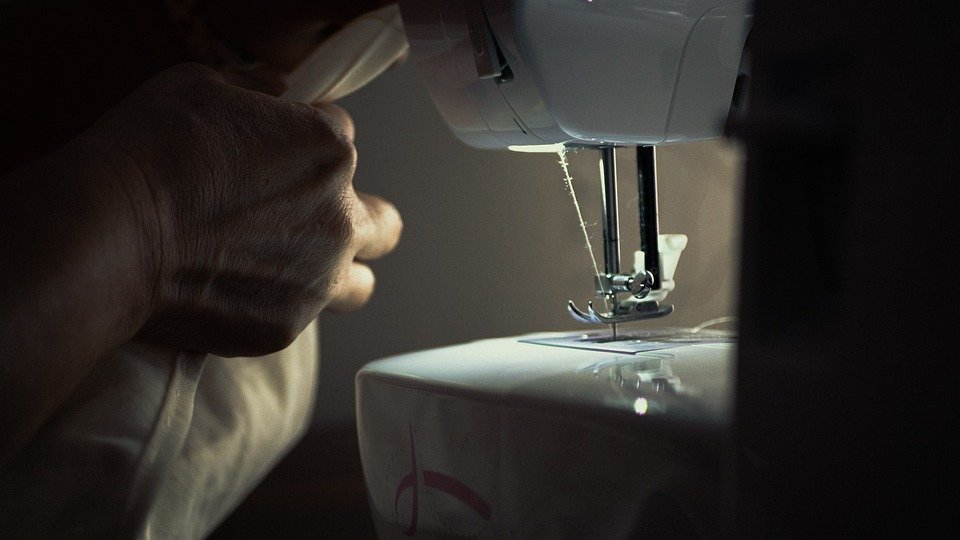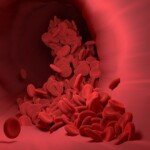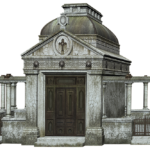Take advantage of unparalleled accuracy: the power of professional machines and five-axis CNC experts
In today’s highly competitive industrial landscape, precision is not only a luxury, but also uncommercially unsupervised. When complex geometry, tight tolerances and perfect finishes determine the success of aerospace components, medical equipment or high-performance automotive parts, Five-axis CNC machining Become an undisputed champion. Unlike traditional three-axis machines, the five-axis CNC technology allows movement along five different axes simultaneously, thus unblocking unparalleled design freedom, accuracy and efficiency. For manufacturers, this translates into components that are not only manufactured but also carefully designed.
What makes five-axis CNC machining revolutionary?
Traditional machining restricts cutting tools to linear motion, requiring multiple settings for complex parts. This increases labor costs, introduces labor errors, and risk misalignment. By comparison, Five-axis machining Dynamically rotate the tool around the workpiece. Deep undercuts, organic curves and composite angles (not possible with older methods) are routine. Think of turbine blades, spinal implants, or injection molds with low light level accuracy. This capability greatly reduces production time while enhancing structural integrity by minimizing material stress through continuous tool participation.
Spotlight: Outstanding – The Precision Master
The forefront of this technology is Greatis a leader in the advanced five-axis CNC manufacturing industry. Their approach turns complex challenges into elegant solutions:
- Advanced technology and expertiseEquipped with state-of-the-art five-axis CNC centers (such as DMG MORI or HERME machines), Greatshiem integrates high-speed spindles, real-time monitoring and AI-driven calibration. This ensures tolerance within ±0.005 mm than human hair.
- Material versatility: From aviation grade titanium and inconel to engineering plastics and copper alloys, they can be processed with a wide range of metals with customized tool routes to prevent warping, hardening or oxidation.
- End-to-end service: In addition to processing, Greatlight offers comprehensive after-treatment – Heating, EDM (Electrical Emission Processing), Anodizing, Polishing and Custom Paints. This simplifies production and eliminates third-party delays.
- Agility and customization: Quickly execute fast prototypes to high batches. Whether it is a custom medical stand or 10,000 automotive sensors, lead times rarely exceed industry benchmarks 30-50% without compromising quality.
Why is precision important in modern manufacturing
Minor defects in the jet engine mount can lead to catastrophic failure. Medical implants require biocompatibility and perfect fit. Here, Greatlight’s dual focus is on the vision of precise and repetitive bridge engineering with real-world reliability. Their strict quality inspection protocol (using CMM (coordinate measuring machine) and laser scanning) verifies that each dimension is targeted at the CAD model. By reducing waste and rework, customers save long-term costs while retaining safety standards.
Industry applications are released
- aerospace: Turbine components, satellite housing and landing gear parts, lightness and heat resistance are crucial.
- Medical: Prosthetics, surgical tools and diagnostic equipment that require a biocompatible finish that is FDA-compliant.
- car: EV battery case, transmission system and sensor mount, tolerating extreme conditions.
- Robotics: Complex joints and actuators requiring fluid motion dynamics.
Conclusion: Improve innovation through precise
Ambitions in manufacturing are often born from tiny precision. Professional machinery workshops like Greatlights Harness Five-Axis CNC technology convert raw gold into mission-critical assets. They integrate cutting-edge machinery, metallurgical expertise and new standards for simplifying post-processing: Quality is not compromised, quick and affordable. For engineers who demand perfection, work with experienced experts to ensure that the design is so true that the possible boundaries are exhausted. Ready to improve your project? Interact with experts, who turn complexity into clarity at one time, microns at one time.
FAQ: Unveiling five-axis CNC machining
Q1: What is the difference between 3-axis and 5-axis CNC machining?
A: The 3-axis machine moves the tool linearly along the X, Y and Z planes, and needs to reposition complex shapes. Five axes increase rotation around A and B axes (tilt/rotate), thus allowing complex geometry to have higher precision complex geometry machining.
Q2: Can Greatlight handle prototyping and mass production?
Answer: Absolute. They optimize workflows for rapid prototypes (usually within 3-7 days) and effectively scale to thousands of units using automated toolkits and pallet systems.
Q3: Which metals are compatible with five-axis CNC?
A: Almost all – aluminum, stainless steel, titanium, brass, inconel, tool steel, magnesium and specialty alloys. Materials science expertise prevents deformation during cutting.
Question 4: How does tolerance affect part performance?
A: The stricter tolerances in standard CNCs (±0.005 mm vs.±0.01 mm) reduce the risk of vibration, wear and failure. This is crucial in areas such as aerospace or MedTech where components are under extreme pressure.
Question 5: What cost advantages does five-axis machining provide?
A: Fewer settings reduce labor and fixed costs. Near mesh cutting minimizes material waste. Compared with multi-stage processes, combined with faster turnover speeds, the overall project cost has dropped by 15-40%.
Question 6: Does Greatlight help with design optimization?
Answer: Yes! Their engineers provide designs for manufacturability (DFM) feedback, suggesting adjustments to reduce machining time, increasing strength or cost-effectiveness without sacrificing functionality.
Q7: Can the surface surface be customized?
Answer: Yes. Options include bead blasting, anodizing (Type II/III), powder coating, electropolishing and mirror polishing, which can be used for aesthetic, corrosion resistance or functional requirements.
Question 8: What about certification and quality control?
A: Greglight Adher complies with ISO 9001 standards. Each section is dimensionally checked through CMM, surface roughness test and material composition verification, and reports are provided upon request.
The precision that thrives under pressure gives your next project and connects in a good way to redefine machining content.


















